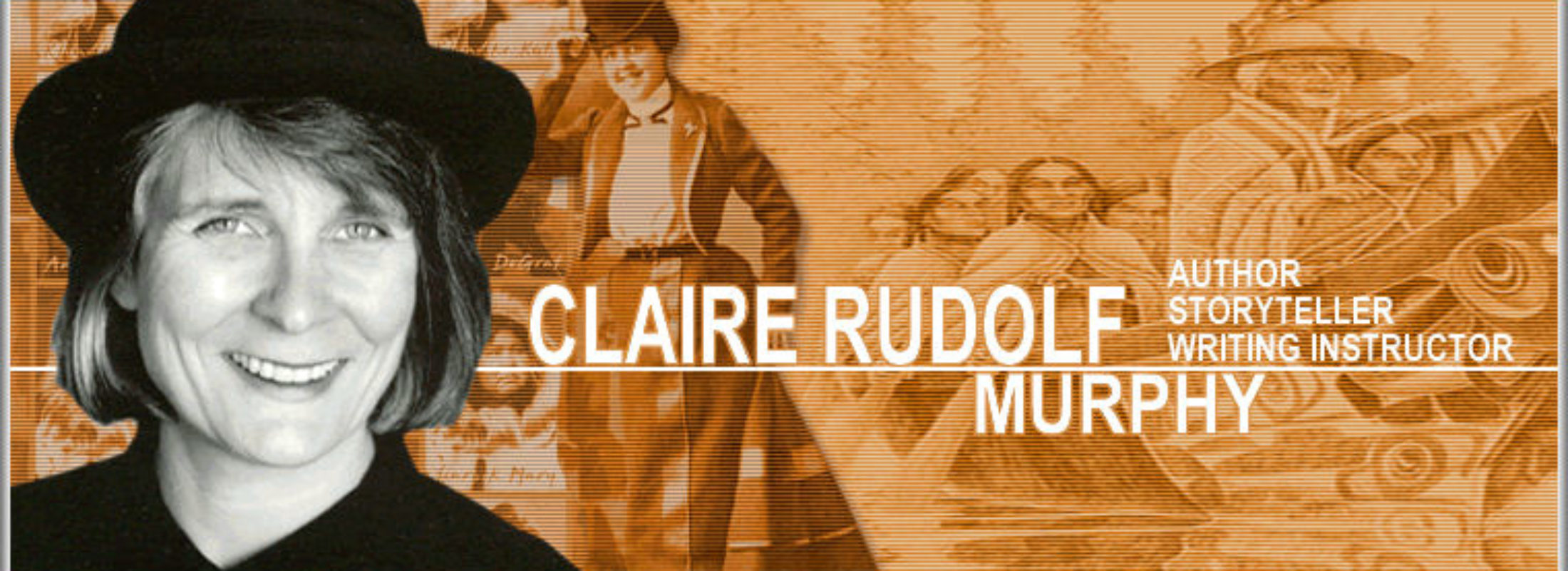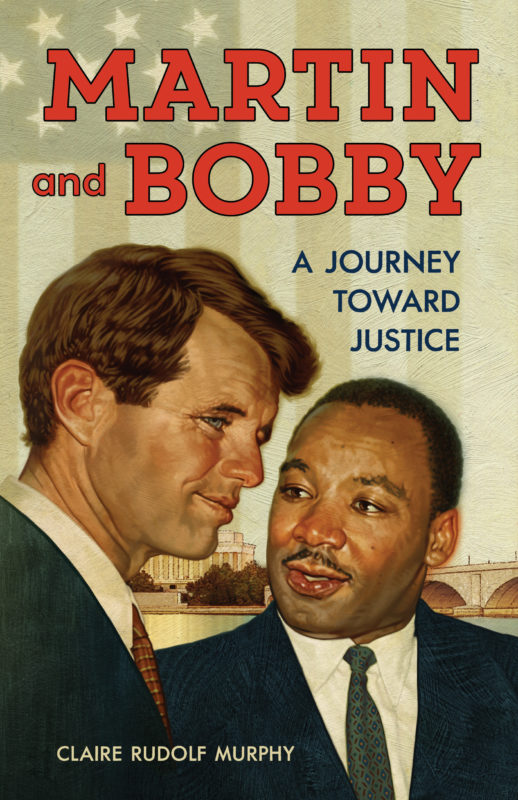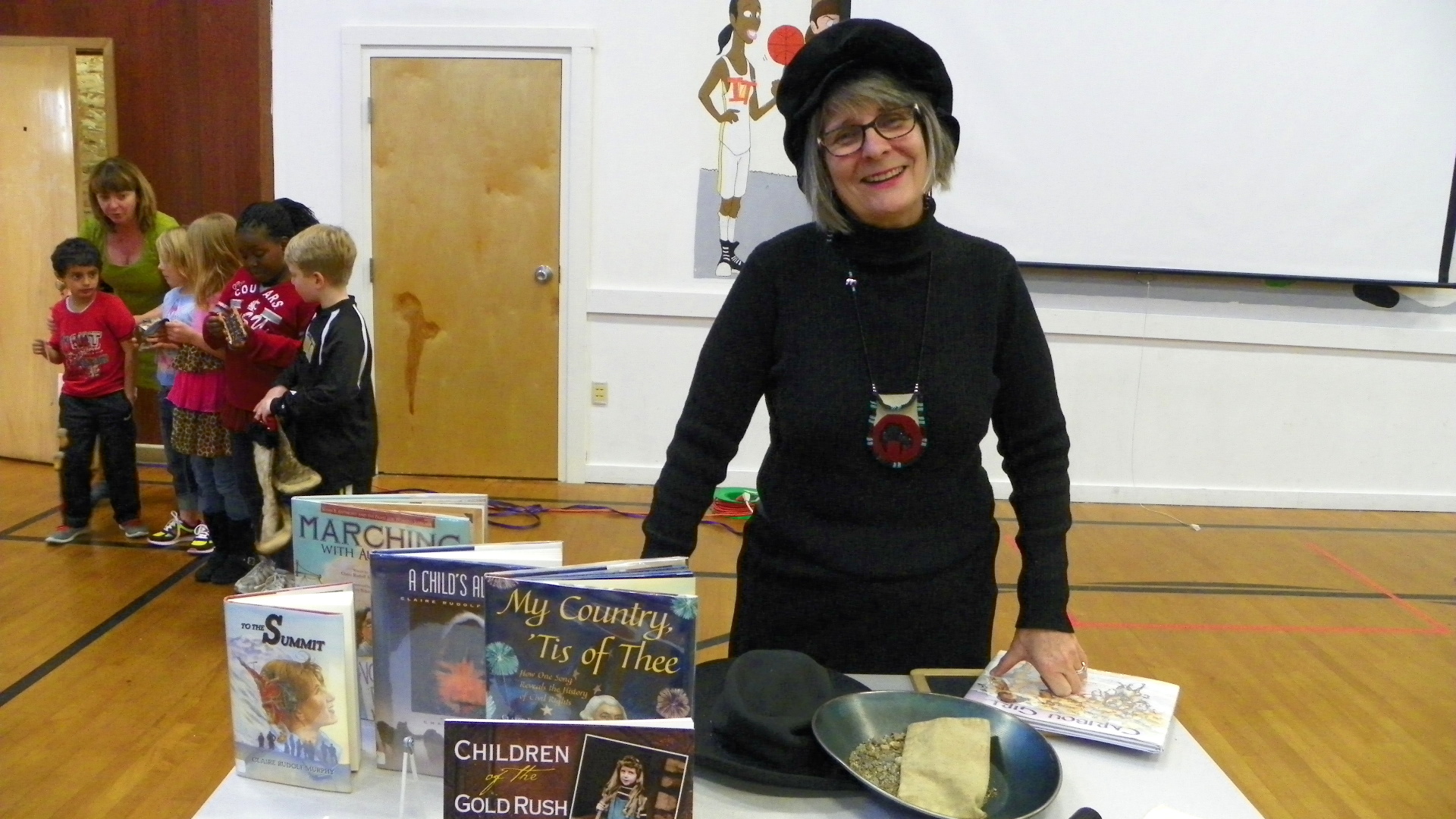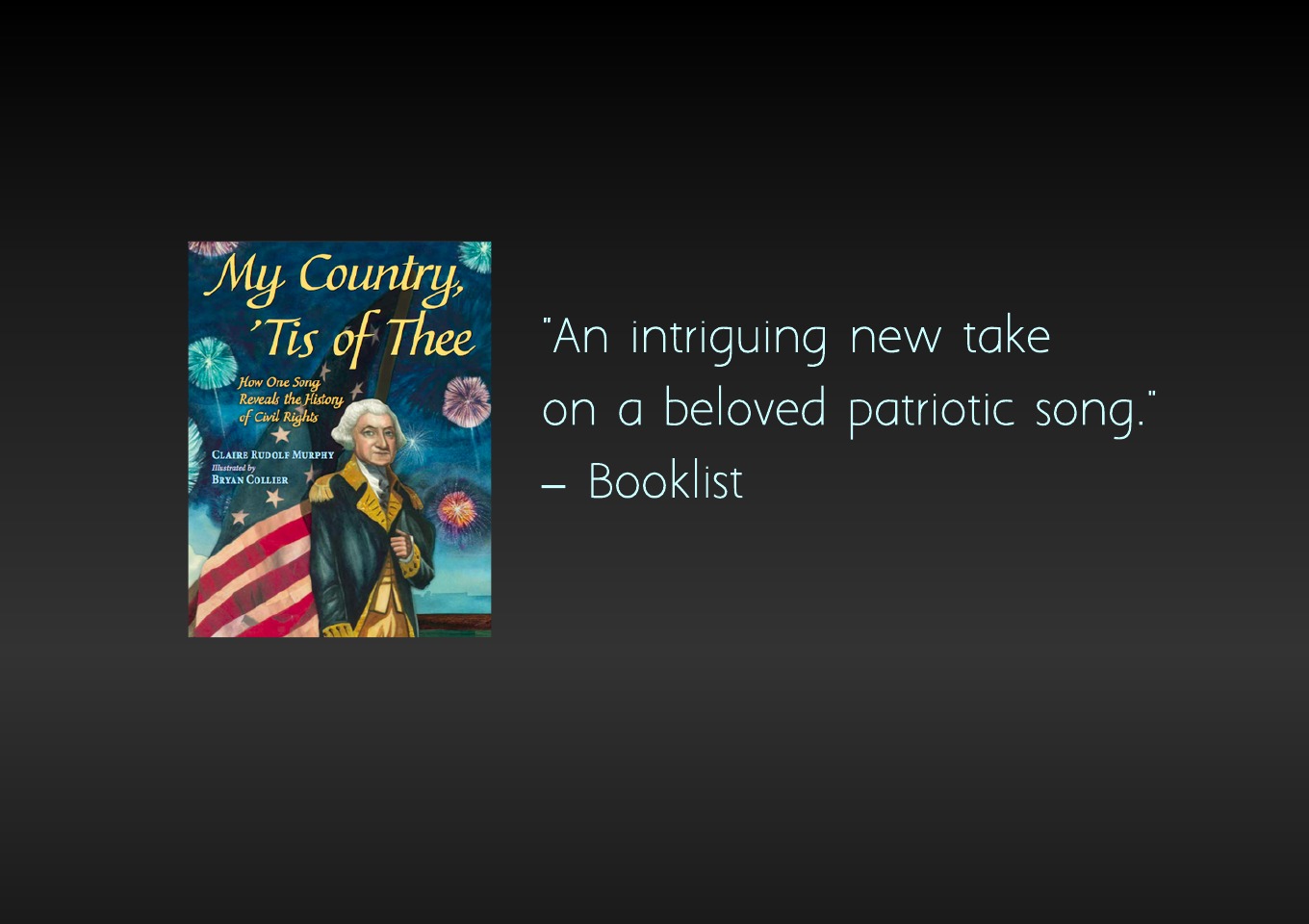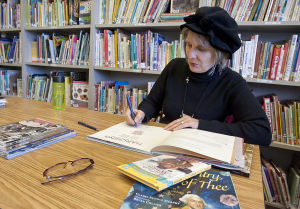
My friend Kelly Milner Halls recently participated in the Writing Process Blog Tour and asked children’s poet laureate Kenn Nesbitt and me to join her on the tour, answering a few questions about our writing process. I invited faculty writer Swati Avashti and alum Tamera Will Wissinger, members of the Hamline University MFAC community, to follow me on this blog tour. Next week you can read about what they are working on and how and why they write what they do.
Blog Tour Links:
Kelly Milner Halls’ writing process
THE QUESTIONS:
 What am I currently working on? I usually have several projects going on, at different stages in the development or revision process. Like the chart that I have shown to students for years during school visits, I write like they do – from prewriting/research through drafting, revising (over and over,) until I have a manuscript ready for publication. Right now I have completed a revision of an historical picture book for older readers set in the transformative year of 1968 and am working on a science book about inventions inspired by nature.
What am I currently working on? I usually have several projects going on, at different stages in the development or revision process. Like the chart that I have shown to students for years during school visits, I write like they do – from prewriting/research through drafting, revising (over and over,) until I have a manuscript ready for publication. Right now I have completed a revision of an historical picture book for older readers set in the transformative year of 1968 and am working on a science book about inventions inspired by nature.
How does my work differ from others in my genre? I believe it’s the depth of my research. I am so passionate to learn everything I can about a person or subject that it can take me a long time to find the best narrative structure for the material. I am also driven to look at the bigger picture, the arc of history as I did in my new book My Country ‘Tis of Thee: How One Song Tells the Story of Civil Rights. The song helped me tell the larger civil rights story by anchoring it with different protest verses to the iconic song.
Why do I write what I write? For many years, I have been passionate about history and the stories of outsiders, Americans who have fought long and hard to ensure equal rights for all in our country. That and a focus on the environment are the engines that drive my work. Every day I get to learn something amazing about history or the world we live in. How lucky am I.
I follow the same process featured on this writing chart used in classrooms. I move from prewriting/research through first draft to many, many revisions until I get a version that is strong enough for an editor to want to publish. I start with an idea and begin the research process with background reading on the topic. Then I begin finding a story behind the facts, new insights or a new structure that can reach out to young readers. This often takes me a long time, perhaps even several years to find the best form for the material. One of my manuscripts currently being reviewed by editors: “This Scarf Has Wings,” started off using a traveling scarf, then letters written by girl narrators from around the world. Now it is a shorter poetic story of girls and scarves around the world that leaves room for illustrations to also tell the story. Teaching in the Hamline MFAC program has given me a greater appreciation for the amazing NF books out there today that use such innovative ways to tell true stories. I am honored to be part of that community of writers.
